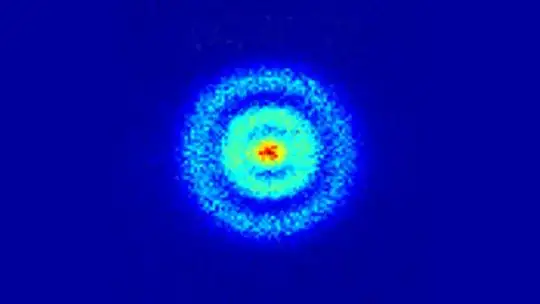How can I convince myself that wavefunctions of electrons on molecular orbitals are indeed standing waves?
Is it a consequence of the fact that electrons don't drift away from the molecule?
In other words, can one prove from the Schrödinger equation that, unless $\psi(x,t)$ can be represented as $\phi(x)\theta(t)$, then $\lim_{t \to \infty}\int_U |\psi(\bar x,t)|^2d\bar x=0$ for any bounded set $U\subset \mathbb R^3$ (or something along those lines)?
Or are there physical considerations that explain the standing waves?
Update. Apparently «standing wave» is an ambiguous/controversial term here, so let me reformulate my question in a more mathematical and unambiguous way without referring to standing waves.
Let a wavefunction $\psi$ correspond to a stationary state, i.e. $|\psi(x,t)|=\mathrm{const}(t)$. We can conclude, then, that $\psi(x,t)=\phi(x)\theta(x,t)$, where $|\theta(x,t)|=1$. In order to separate the variables and move on to the time-independent Schrödinger equation, we also need to establish that $\theta(x,t)$ doesn't depend on $x$. Where does this assumption follow from?
